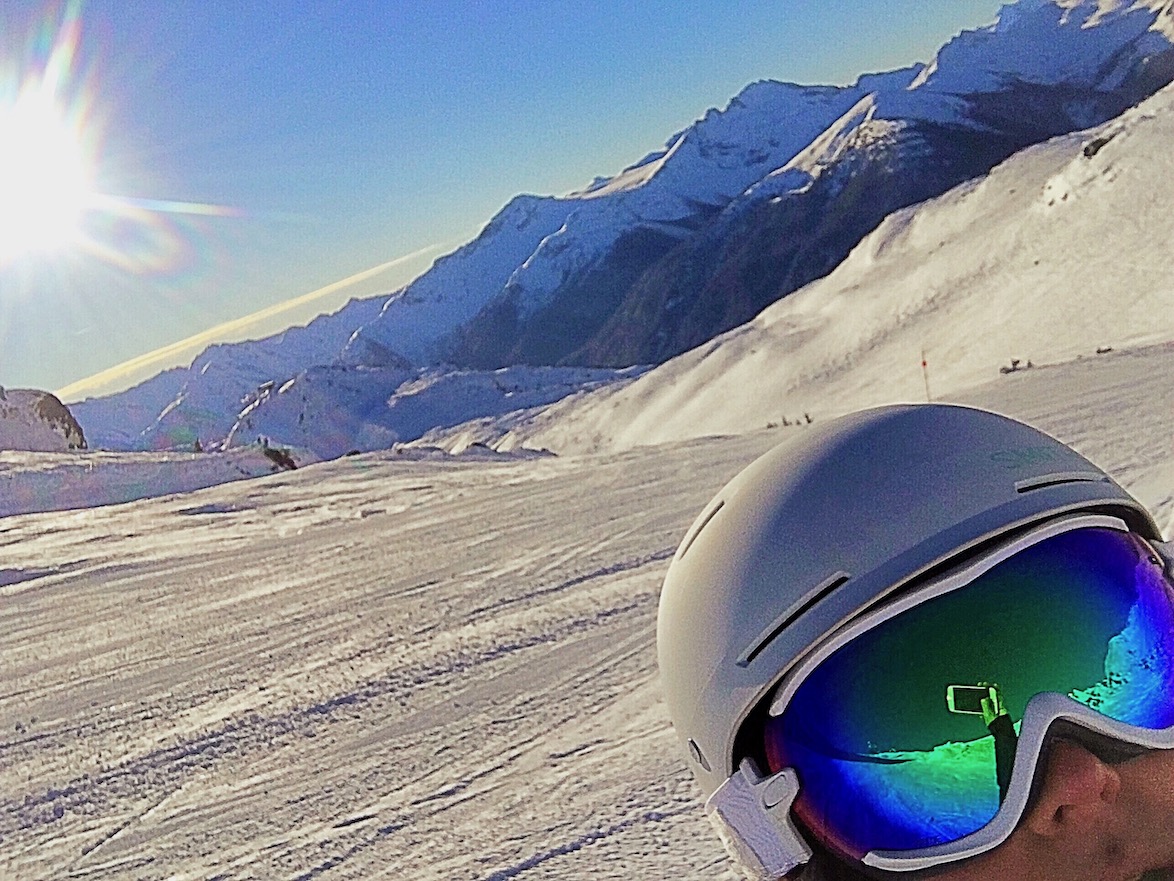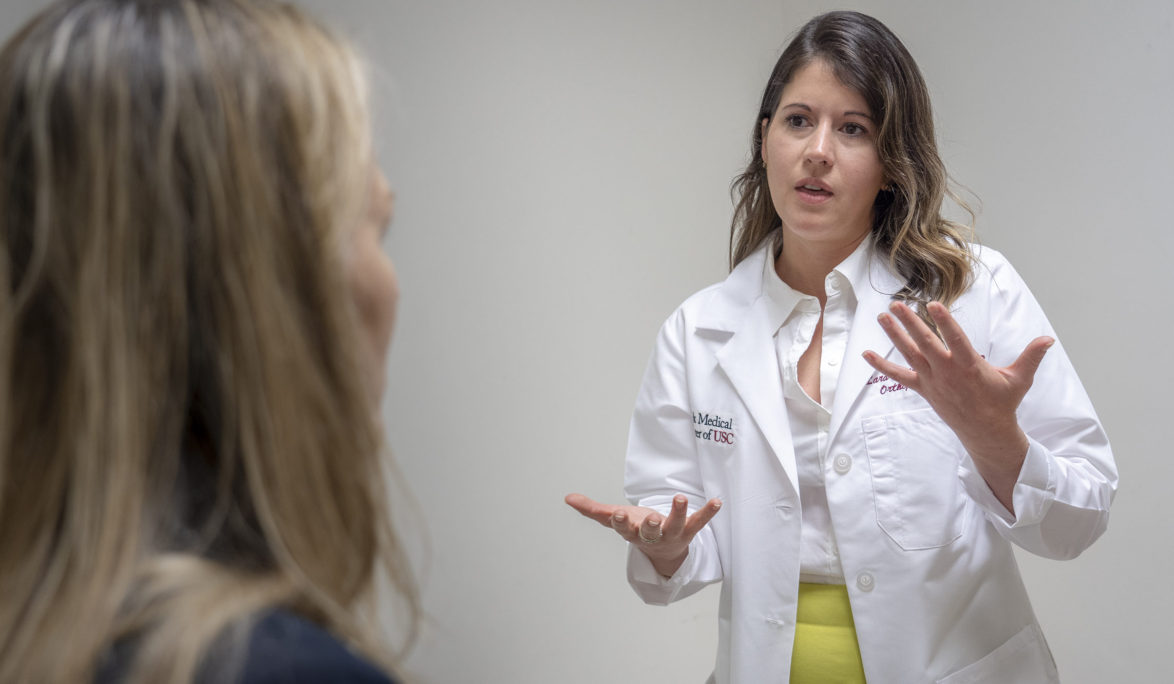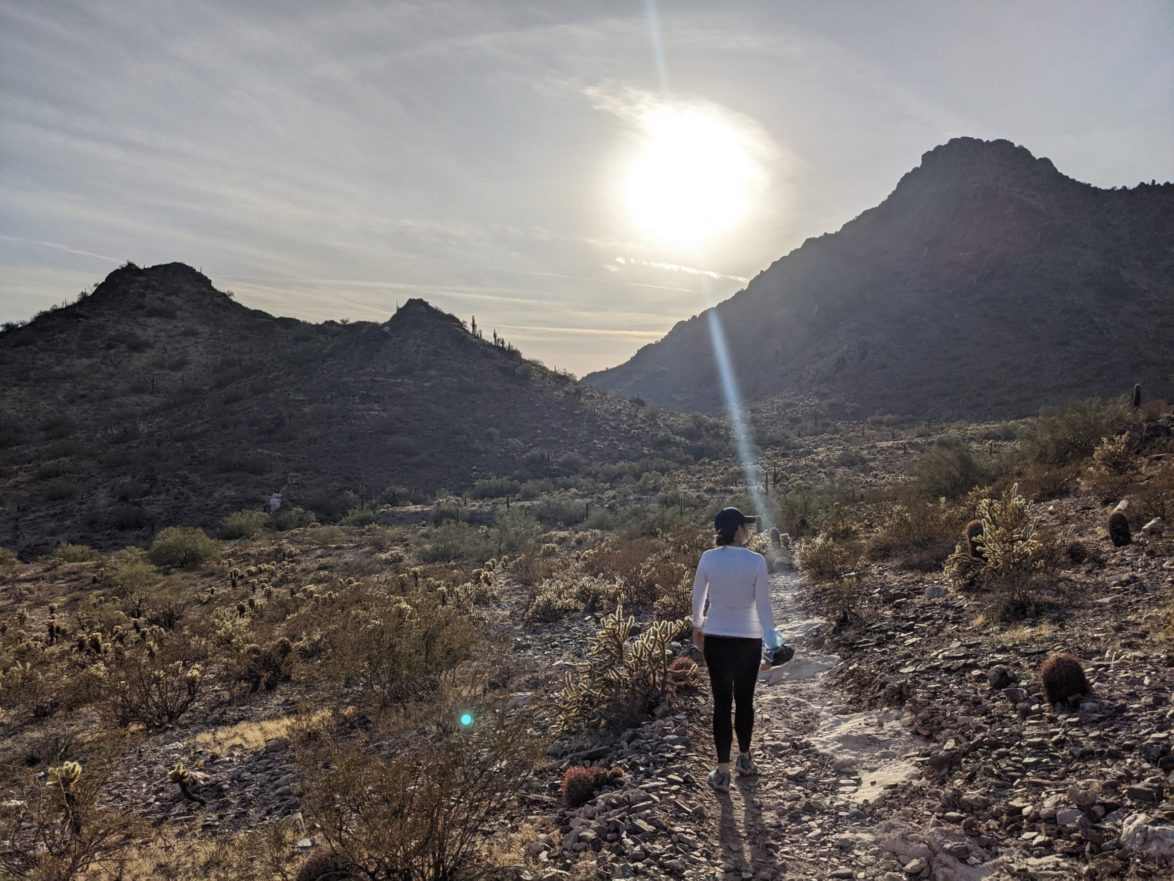The cold winter air on your face, fresh powder under your feet, stillness of the wilderness… Whether you tackle the slope on skis or a snowboard nothing quite compares to the feeling of that first run of the day. But as with all sports, injuries can ruin what started as the perfect alpine morning. Read on to learn about the most common issues snow seekers face and what can be done to stay as safe as possible.
Common Injuries
For winter sports enthusiasts of the skiing type, the most prevalent injury is in the knee. With the feet and ankles locked in a hard sided ski boot, the force is directed to the knees means when you fall on the slope. This force can cause a variety of knee issues, one of the most feared is the ACL Tear (which I wrote about in depth here… LINK), but you can also injure other areas including ligaments such as the MCL or LCL, the menisci, or even the bones (femur/tibia) as they join at the knee.
For snowboarders, knee injuries can also occur. However, given the orientation of the board on the slope and the single-sled positioning (feet both fixed to the same board), the most common area injured is the wrist. When a snowboarder starts to fall, they instinctively reach for the ground causing injuries ranging from minor sprains to fractures of the wrist bones.
For all alpine lovers, injuries to the shoulder can also occur. During a fall you can easily land on your shoulder or outstretched arm causing injuries to the tendons, muscles, or ligamentous structures in and around the shoulder. Shoulders can stretch out of place (subluxate), dislocate, or break with this mechanism.
Other areas of the body are also prone to injury from a fall on the slope including the hips, spine, and chest wall.
The most traumatic snow sport related injuries are those to the head or neck. For experienced and novice skiers alike, barreling down a slippery slope can be hazardous. Conditions that make this worse are crowded areas and other obstacles like trees or rocks. Hitting another person or a tree can have devastating consequences as can your head on the hard packed snow. Injuries can range in severity from concussion to bleeding or fractures to severe traumatic brain or spinal cord injuries.
How to stay safe
Staying safe on the slopes makes for a much better day then ending a run with an injury.
My recommendations:
1- know your limits and the trail maps
2- train before you ski
3- save the alcohol for the après
4- wear a helmet, always
1. Know your limits
Staying safe on the slopes requires a level of understanding of what you are getting yourself into as well as a knowledge your ability. If you are a beginner or novice, look at the trail map ahead of time and stick with the runs appropriate for your skill level. You are not competing for a spot on the Olympic team… Even if you are more advanced, remember to avoid putting yourself in a position where you feel out of control. The number one reason I see patients in the office with an injury is getting themselves into an uncomfortable position. If you end up in this scenario, it is best to stop and ask for help. Ski patrol is always available to keep you safe. They would much rather help you down the slope than find you injured.
Another great tip is to take a lesson. No matter how advanced of a skier you are, lessons can be extremely helpful! During my last ski trip, I took a lesson, and it was worth every penny. The instructor was a true gem, helping me (more novice) and my husband (more intermediate) at the same time by challenging each one of our levels safely. He was so great that when he ran into us the next day while skiing with his daughter, he skied with us for a bit for follow up tips. These instructors live for skiing, know the terrain, and know how to teach you to be better. Everyone can learn!
2. Train before you go
If you were going to run a half marathon you wouldn’t just show up race day and expect to finish without problems. Same goes for snow sports. Even if you are in great physical shape at baseline, some activity specific training can be beneficial. Skiing and snowboarding are physically demanding sports. You need strong legs, great control of your upper and lower body, and stamina to survive the day. I can’t count the number of patients who describe their injury as something like, “I was tired, out of control and crashed but can’t remember what actually happened.” Don’t be that person.
3. Save the Après
Ah yes, the time-honored tradition of that first amazing post-ski après beverage at the lodge. It may be my favorite part of the ski day. However, studies have shown that alcohol increases the risk of injury for both skiers and snowboarders. (As does any illicit/mind-altering substance use). Save the après festivities for after you are done skiing for the day.
4. Wear a helmet, always
This one cannot be stressed enough. Head injury can be a devastating outcome of a crash on the slopes. No matter how well you ski, a fall can still happen. It is sort of like driving, even if you drive perfectly, someone else can hit you or cause you to crash. So, we were seatbelts, right? Wear a helmet every time you ski or snowboard. Protect your skull and brain and decrease your risk of tragic outcomes.
If an injury occurs
Ski patrol is always available for injured skiers. They are all over the mountain and at the base, and most resorts employ trained medical staff. Some even have physicians available. Every ski town I have been to has a local urgent care as well with a team that is used to seeing slope related injuries. If you need follow up after a day on the slopes for a bone, muscle or joint problem seek out your local sports medicine orthopedist. It is always helpful to bring any images (Xray’s, MRI’s, etc…) that were taken on the slopes or after.
And of course, enjoy the snow!


